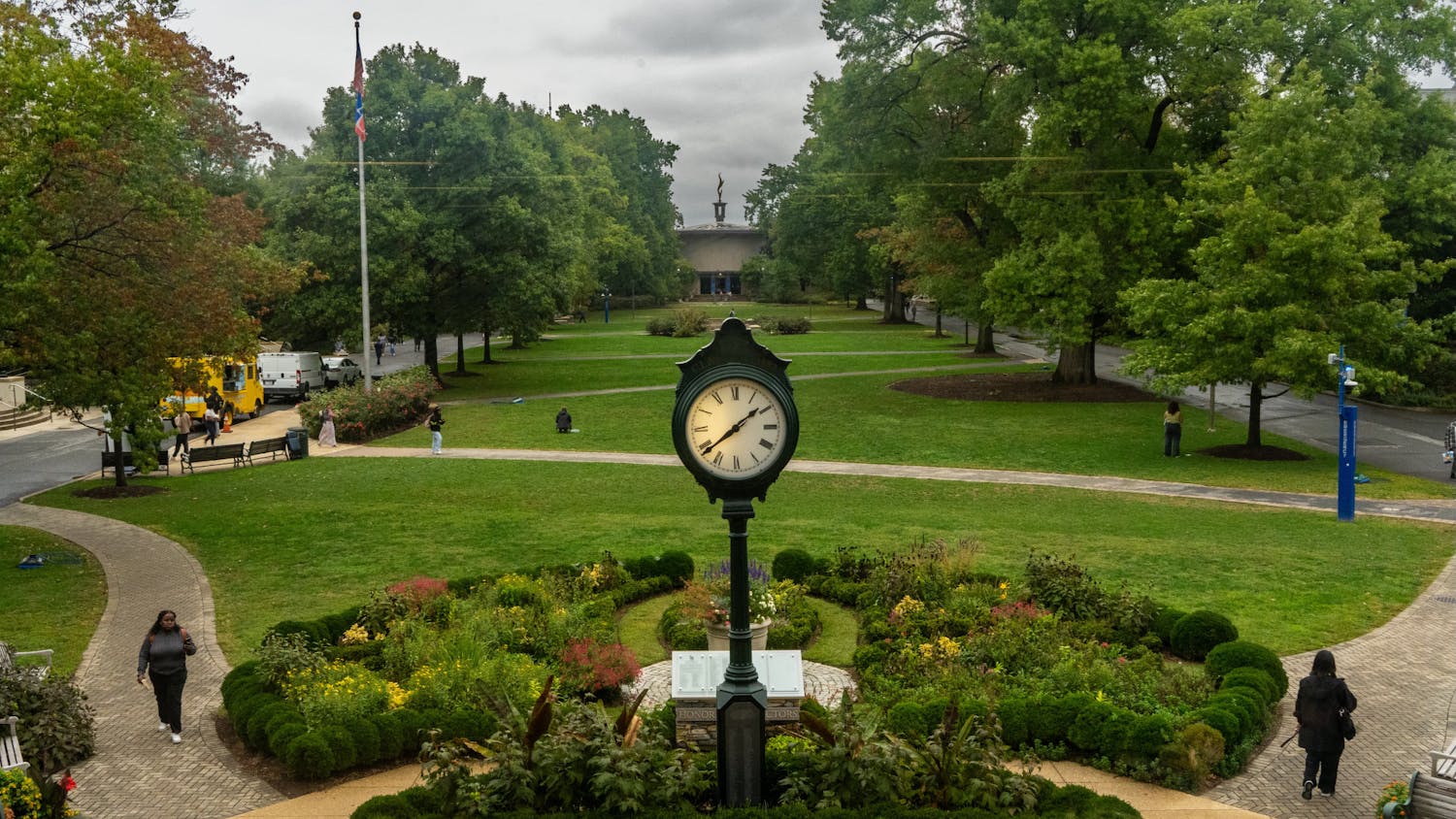Over the past two years, mental health has become a regular subject in the news, ranging from gun violence to sports-related health issues, as well as other issues that are particularly effective on college campuses. What do you predict for the future for mental health issues on college campuses, in terms of shaping university policies and preserving the students’ health?
Support and understanding will improve mental health awareness on college campuses
By Emily Dalgo
Stress, anxiety and depression are on the rise on college campuses across the country. About 75 percent of diagnosable mental disorders begin by the age 24, according to the National Alliance on Mental Illness. College students and their campuses should be active participants in the discussion of mental health preservation and should be overtly aware of these issues, including how to resolve them.
Mental health issues are stigmatized by those who are not properly educated on the subject. The first step in helping college students with mental illness is dispelling the myths that are neither rational nor realistic. These notions include: “a person with a mental illness can never be normal,” “people with mental illnesses are crazy,” and “people with mental illnesses are dangerous.”
To avoid this, we must begin to put a face to mental illness. One in four young adults between the ages of 18 and 24 have a diagnosable mental illness, according to the National Alliance on Mental Illness. The average class size at AU is 22, which means that about five students per class could be diagnosed with a mental illness. Recognizing that mental health issues are actually very common, but are kept secret for fear of reprisal, is crucial to understanding them. Those with mental illnesses need to be a part of the discussion. They need to share their stories so that others can understand and have a personal connection, rather than possessing some unattached speculation of who a mentally ill individual is and what he or she is like.
According to Mental Health America, anxiety disorders are the most common mental illnesses, especially on college campuses. Anxiety encompasses phobias, panic disorders and obsessive-compulsive disorders. Mood disorders, such as depression, and eating disorders are two additional divisions of mental illness that are especially common among young adults.
Diseases of the mind are shrouded in uncertainty and confusion. It’s difficult to conceptualize the brain being sick, but that’s exactly what a mental illness is. Just like cancer, heart disease, or even a broken bone, these disorders can be treated. However, it is important to stress to everyone that mental health issues cannot immediately be “fixed.” There is no antibiotic, no sling or cast that will cure the mind. Treatment is a process that requires support and understanding.
Mental illnesses are difficult to diagnose and treat because all people react differently to medicines and coping methods. What is even more problematic and unfair is that those who do have these illnesses are often met with hostility, discrimination and even fear.
Campuses should embrace judgment-free, student-run support systems as well as communal education on mental health issues to irradiate the stigmas that suffocate acceptance and progress. With education comes understanding, and with understanding comes needed support.
Emily Dalgo is a freshman in the School of International Service.
With universities’ help, students with mental illnesses could lead normal lives
By Rathna Muralidharan
Schizophrenia, bipolar disorder and depression are only a few of the many mental issues exploited today by the media. In modern society, mental health issues are often spoken of but are rarely understood. The media warps these ailments until they are seen as an incurable disease that contorts a person’s personality until they become inhumane and dangerous.
In the Navy Yard shooting and the Sandy Hook massacre, the media used mental health issues as a justification for the violence done upon society. These implications are neither true nor helpful, and cause those affected to be afraid of themselves and even doubt their acceptance within the rest of society. Too often, this prevents people with mental illness from reaching out for the help they need, which results in their ailment becoming worse and harder to treat.
By tackling the problem from the start and providing support and accurate information about mental health issues, colleges are showing the public and students that these ailments are treatable. Furthermore, they are showing those with mental illnesses that they have support groups to which they can reach out to for help and guidance.
Universities who accept students struggling with these issues also show college communities that they are not outsiders and do not pose a threat. This will in turn lead to students with mental illness get the help they need earlier on and prevent their illnesses from becoming unmanageable. Hopefully this will help them find a way to lead a normal life despite their disadvantages.
With these continued efforts by schools and colleges around the country, there is a very high chance that mental health issues will stop being seen as a danger. Rather, the reality of the situation will be better understood and those who suffer will be able to deal with their illness without the fear of being seen as a social leper.
Rathna Muralidharan is a freshman in the School of International Service.
Universities must pay long-term attention students’ mental health
By Madison Freeman
A major failing in the higher education world is that mental health issues of college students are often ignored or mismanaged, yet little is being done to effectively remedy the situation.
The problem of mental health is immense among college students. Almost all (91 percent) directors of campus counseling centers report a rise in number of students with “severe psychological problems” 2010.pdf. This major part of student health is woefully undertreated. As reported by the 2010 National Survey of Counseling Center Directors, 2010.pdf only 56 percent of college campuses offer psychiatric care, and in these there are on average 1.8 hours of counselling available each week for every 1,000 students. This lack of available care can have serious detrimental effects on the ability of students to function in school. Two-thirds of students who dropped out of college say that they dropped out because of a mental health-related reason.
Mass shootings, suicides and other highly-publicized tragedies draw major attention to the lack of mental health resources on American college campuses. These tragedies prompt universities to commit themselves to improving their mental health facilities. Yet as the events swiftly fade from public memory, so too do their commitments. Reactionary responses are fleeting and ineffective, and long-term plans for progress are scarce.
For universities to create long-term improvement in how issues of mental health are handled, they must create and broaden programs to meet a national standard. However, this is unlikely to happen in the near future unless major changes are pushed by national organizations. Currently, colleges and universities will continue to announce changes in reaction to terrible events, but these will be little more than lip-service towards the public.
Madison Freeman is a freshman in the School of International Service.




